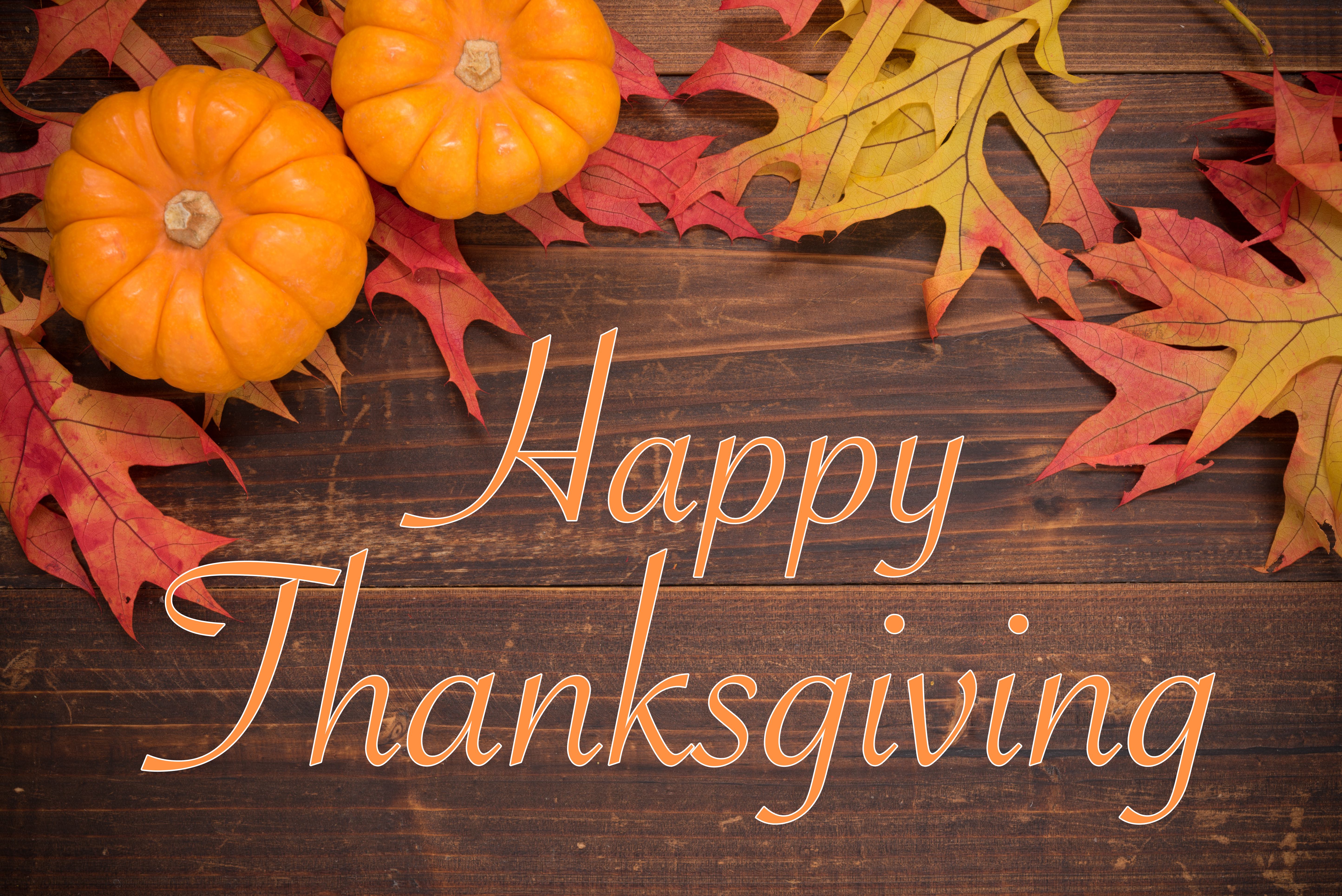By Brandon Moseley
Four-hundred years ago, in the fall of 1621, the Pilgrims invited their Wampanoag Indian friends to a feast celebrating their first harvest and a year in the New World. This three-day festival in the Plymouth Colony is today a state and national holiday that is today known as the first Thanksgiving.
The Pilgrims were not the first English settlers in America. That distinction belongs to Jamestown in Virginia, which was over a decade old when the Pilgrims sat down to their hard-won feast. This was also not the first Thanksgiving celebration in what is now the United States. That distinction actually belongs to Spanish explorers, not pilgrims, in St. Augustine on September 8, 1565, in a feast between the Spanish and the local Timucuan tribe 56 years before the Pilgrims and the Wampanoag had their feast in Plymouth in 1621.
But there is something about the story of the plucky little Pilgrims that touched the national imagination.
On Nov. 11, 1620, after 66 days at sea, a group of English settlers landed near what is today Cape Cod in Massachusetts. Onboard the Mayflower were 102 men, women, and children, including one baby born during the Atlantic crossing.
The Mayflower was captained by Christopher Jones. The plan had been to land at the mouth of the Hudson River. Jones took the ship well to the north of the commonly used sea lanes at the time to avoid pirates. That took the ship into really bad weather, which blew the ship miles off of its course and left the ship damaged and in need of repairs. After nine and a half weeks of getting blown around the North Atlantic, the adult males in the group met off Cape Cod and decided that what we call Massachusetts was good enough. They wrote and signed the Mayflower Compact:
In the name of God, Amen. We whose names are underwritten, the loyal subjects of our dread Sovereign Lord King James, by the Grace of God of Great Britain, France, and Ireland King, Defender of the Faith, etc. Having undertaken for the Glory of God and advancement of the Christian Faith and Honour of our King and Country, a Voyage to plant the First Colony in the Northern Parts of Virginia, do by these presents solemnly and mutually in the presence of God and one of another, Covenant and Combine ourselves together in a Civil Body Politic, for our better ordering and preservation and furtherance of the ends aforesaid; and by virtue hereof to enact, constitute and frame such just and equal Laws, Ordinances, Acts, Constitutions and Offices from time to time, as shall be thought most meet and convenient for the general good of the Colony, unto which we promise all due submission and obedience. In witness whereof we have hereunder subscribed our names at Cape Cod, the 11th of November, in the year of the reign of our Sovereign Lord King James, of England, France and Ireland the eighteenth, and of Scotland the fifty-fourth. Anno Domini 1620.
They spent weeks exploring the coast, before settling the site of a Wampanoag Indian village that had been abandoned due to a plague. During the Winter of 1620-1621, they lived aboard the Mayflower and would row to shore each day to build houses. Finally, they had built enough houses to actually move to the colony, but they paid a terrible price for the cold, damp conditions aboard the packed ship.
28 of the men, 13 of the women (one of them in childbirth), and eight children died during that winter.
They lost their leader, Governor John Carver, and his wife. William Bradford replaced him as Governor and would later write their history.
The Mayflower and her crew left for England on April 5, 1621, they never returned.
40 of the Pilgrims were religious Separatists, members of a break-away Puritan sect that had renounced the Church of England, which was illegal in England at the time. Others in the group had remained part of the Church of England but were sympathetic to the Separatist friends. They did not call themselves Pilgrims, that term was adopted at the bicentennial for the Mayflower voyage. The members of the core Separatist sect referred to themselves as “Saints” and people not in their sect as “Strangers.”
Fortunately for the Pilgrims, Samoset, an English-speaking Native American, visited the village in March 1621. He asked for beer and spent the night talking with the Pilgrims. He introduced them to Squanto who also spoke English. Squanto introduced them to the chief of the Wampanoag, Massasoit. Squanto moved to Plymouth and became their advisor and translator. The friendly Wampanoag tribe taught the Pilgrims how to hunt and grow crops. The two groups began trading furs with each other.
The little colony thrived with little contact from the outside world. In 1630, a fleet of ships from England arrived. The new arrivals had a charter from England to form the Massachusetts Bay Colony. They were shocked to discover that there was already an English colony there. No one in England was aware that Plymouth was there and the two groups ran separate colonies for many years.
The Pilgrims and their story became part of American lore. During the Civil War, President Abraham Lincoln declared the first Thanksgiving holiday, harkening back to the Pilgrims and their story of perseverance and faith.
Thanksgiving day is a national and state holiday. Schools, banks, government offices and many private businesses will be closed and there will be no postal delivery.










